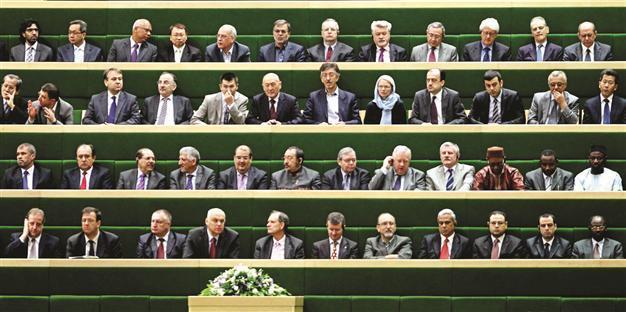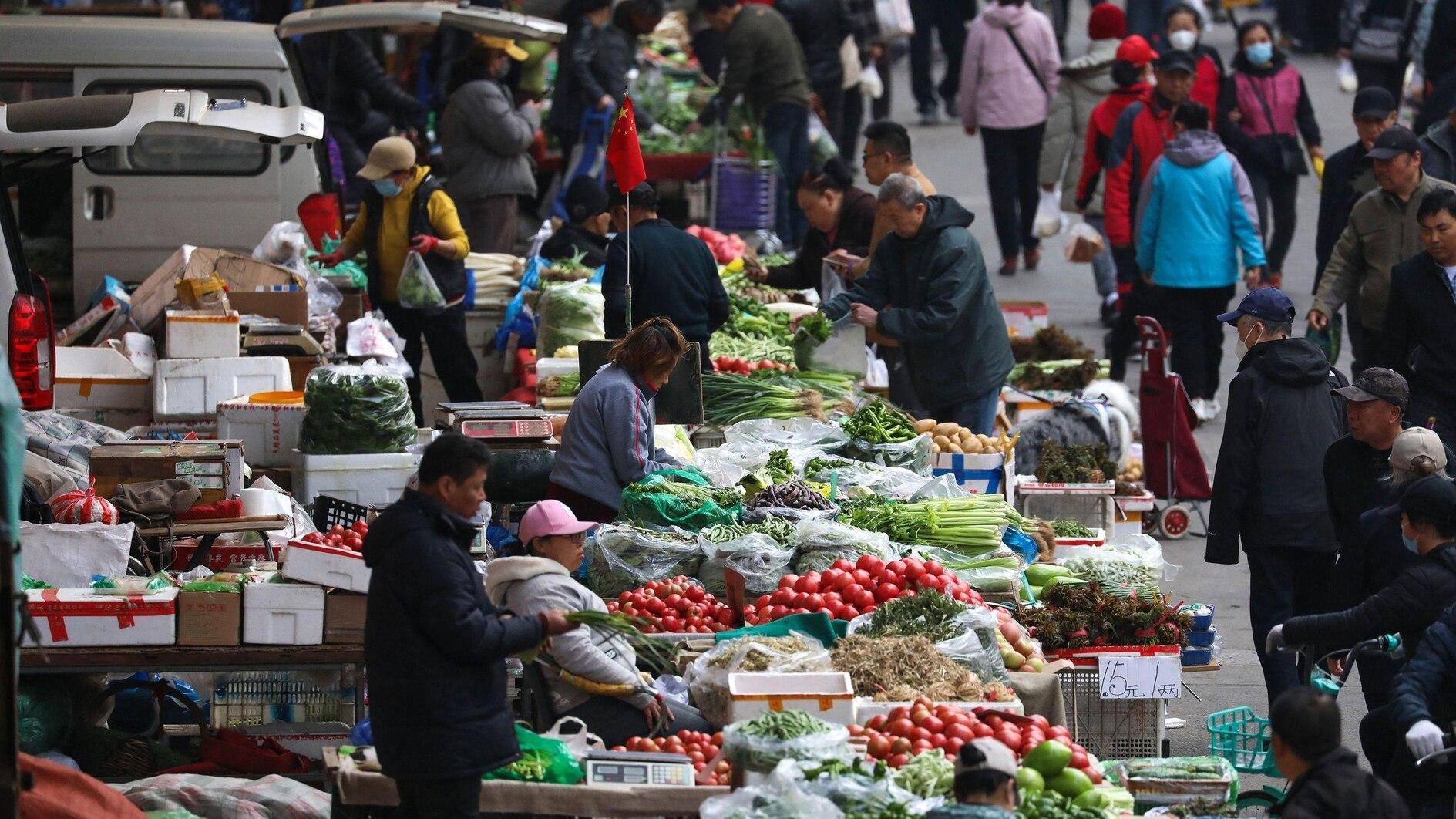Iran unveils new nuclear plan
TEHRAN

Foreign ambassadors and dignitaries attend the opening session of Iran’s new Parliament in Tehran. ‘We don’t have a nuclear site in Parchin,’ Iranian top nuclear official says, rejecting Western accusations. AFP photo
Iran will build a new nuclear power plant alongside its sole existing reactor in the southern city of Bushehr by early 2014, state television reported yesterday, quoting the head of the country’s Atomic Energy Organization.“Iran will build a 1,000-megawatt nuclear power plant in Bushehr next year,” the television quoted Fereydoon Abbasi Davani as saying, referring to the Iranian calendar year, which runs from March 2013 to March 2014. The current Bushehr nuclear plant was started by German engineers in the 1970s, before Iran’s Islamic revolution, and was completed by Russia, which continues to help keeping it running and provides fuel for it.
Davani also said Tehran was “not yet convinced” it should open up the Parchin military site, which is among the concerns of the United Nations nuclear watchdog, the International Atomic Energy Agency (IAEA). “Visiting Parchin is interesting to the agency because some nations are pressuring it to investigate, but we are not yet convinced in this regard and no proof or documents have been given to us about Parchin, which is a military complex,” the ISNA news agency quoted Davani as saying.
Higher enrichment a ‘technical issue’
“We do not have a nuclear site in Parchin. They want to see Parchin and if there were to be such a visit, we have to be convinced that this place is among the places which should be visited,” he added, according to the Associated Press. Iran also downplayed a report by the IAEA that uranium traces have been detected at a higher grade than any found before. Higher than expected traces of enriched uranium “are a normal technical issue that is being investigated by experts,” Iran’s envoy to the IAEA, Ali Asghar Soltanieh, said.
The agency report said the traces found at the Fordo site, inside a mountain bunker near Qom, were of uranium enriched to purities of 27 percent. Previously, the highest level recorded by the agency in Iran was 20 percent. “We can enrich in higher purities since these machines have the capabilities. If technical glitches occur it can be discovered that it was an error. The issue of 27 percent enriched uranium is not a special issue to be converted into conflict,” Davani said. Analysts cautioned that the 27 percent find could just be a processing glitch and not necessarily a sign of a deliberate effort to enrich above 20 percent.
In the IAEA report, which was seen by Agence France-Presse, Iran also explained that enrichment above 20 percent “may happen for technical reasons beyond the operator’s control.” The higher the enrichment, the easier it becomes to re-enrich uranium to the 90 percent needed for weapons grade. Iran and the world powers agreed to continue their talks in Moscow on June 18 and 19 after they held another round of talk in Baghdad last week.
















